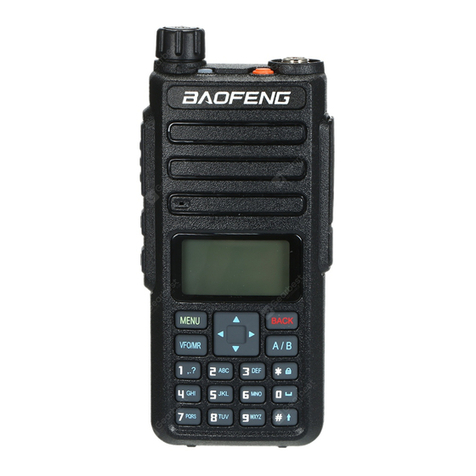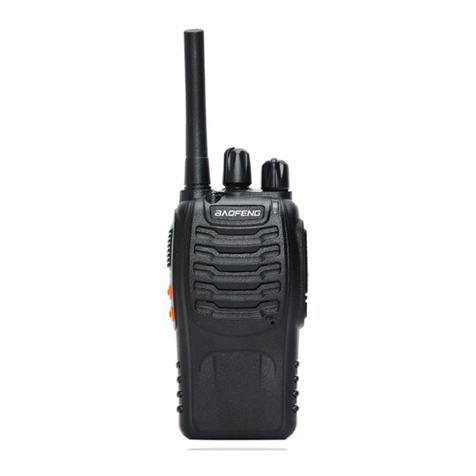2
Compliance with RF Exposure Standards
The radio complies with the following RF energy exposure standards and guidelines:
•United States Federal Communications Commission, Code of Federal Regulations; 47 CFR § 1.1307, 1.1310 and 2.1093
•American National Standards Institute (ANSI) / Institute of Electrical and Electronic Engineers (IEEE) C95.1:2005; Canada
RSS102 Issue 5 March 2015
•Institute of Electrical and Electronic Engineers (IEEE) C95.1:2005 Edition
RF Exposure Compliance and Control
Guidelines and Operating Instructions
To control your exposure and ensure compliance with the occupational/ controlled environmental exposure limits, always
adhere to the following procedures.
Guidelines:
•Do not remove the RF Exposure Label from the device.
•User awareness instructions should accompany device when transferred to other users.
•Do not use this device if the operational requirements described herein are not met.
Operating Instructions:
•Transmit no more than the rated duty factor of 50% of the time. To transmit (talk), press the Push-to-Talk (PTT) key. To
receive calls, release the [PTT] key. Transmitting 50% of the time, or less, is important because the radio generates
measurable RF energy only when transmitting (in terms of measuring for standards compliance).
•Keep the radio unit at least 2.5cm away from the face. Keeping the radio at the proper distance is important as RF exposure
decreases with distance from the antenna. The antenna should be kept away from the face and eyes.
•When worn on the body, always place the radio in an approved holder, holster, case, or body harness or by use of the
correct clip for this product. Use of non-approved accessories may result in exposure levels which exceed the FCC's
occupational/ controlled environmental RF exposure limits.
•Use of non-approved antennas, batteries, and accessories causes the radio to exceed the FCC RF exposure guidelines.
•Contact your local dealer for the product's optional accessories.

